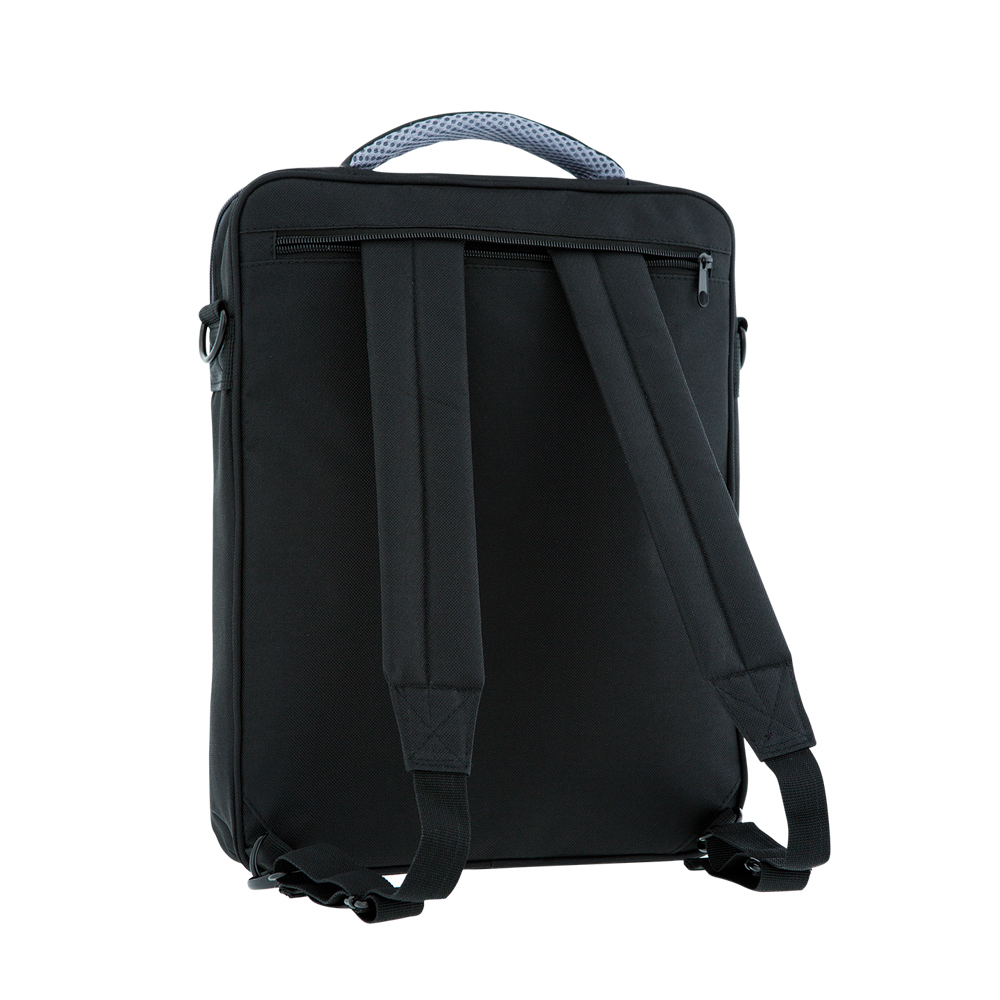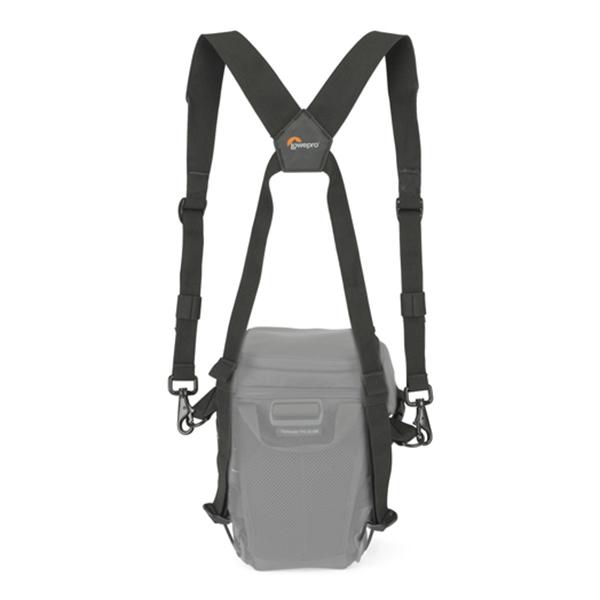
DIRRONA Moda Bolso de Mujer Bolso Bandolera para Mujer Pequeña Mochila Impresión Bolsas de Hombro Bolsillo Múltiple Nylon Impermeable Viajes Casuales Trabajo Escuela Bolsa de Mensajero de Hombro : Amazon.es: Moda

Impresión Personalizada Comprobado Convertir A Una Mochila De Una Bolsa De Hombro,Las Mujeres Bolso De Un Solo Hombro Mochila Con Un Hombro Correa - Buy Convertir A Una Mochila De Un Bolso

Jaald 40 Cm Bolso Bandolera Mochila Backpack Bolsa De Hombro Maletin De Piel Auténtica para Hombre Convertible Portátil Leather Messenger Bag Laptop : Amazon.es: Moda

Jaald 40 Cm Bolso Bandolera Mochila Backpack Bolsa De Hombro Maletin De Piel Auténtica Para Hombre Convertible Portátil Leather Messenger Bag Laptop : Amazon.es: Moda




















